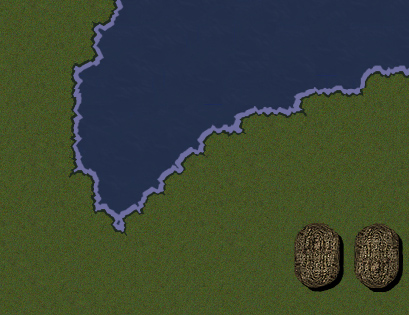Hi
Im doing a topdown, 2D realtime city builder in c++. Maps are tile-based. In full zoomed in view (scaleFactor 1.0) i can see 100x70 tiles (7k tiles). But if i zoom out to scalefactor 0.5 i can see 28k tiles. This is where I see a massive drop in fps/performance. No big surprise really.
I know the same is true for some games like they are billion, but any good way around this? I guess I can use some level of detail (LOD) and lower it when zooming out, but i still have to go through all the visible tiles on screen, draw all visible units/buildings/resources/trees etc. It's hard to see where to really cut corners! ![]() I can disable shadows for example at some scaleFactor. Any good guide or tips when it comes to this?
I can disable shadows for example at some scaleFactor. Any good guide or tips when it comes to this?
The tiles themselves require 3 passes as they are drawn in layers (shoreline, tint, top terrain) so this is nearly 100k small images drawn to the screen buffer!









